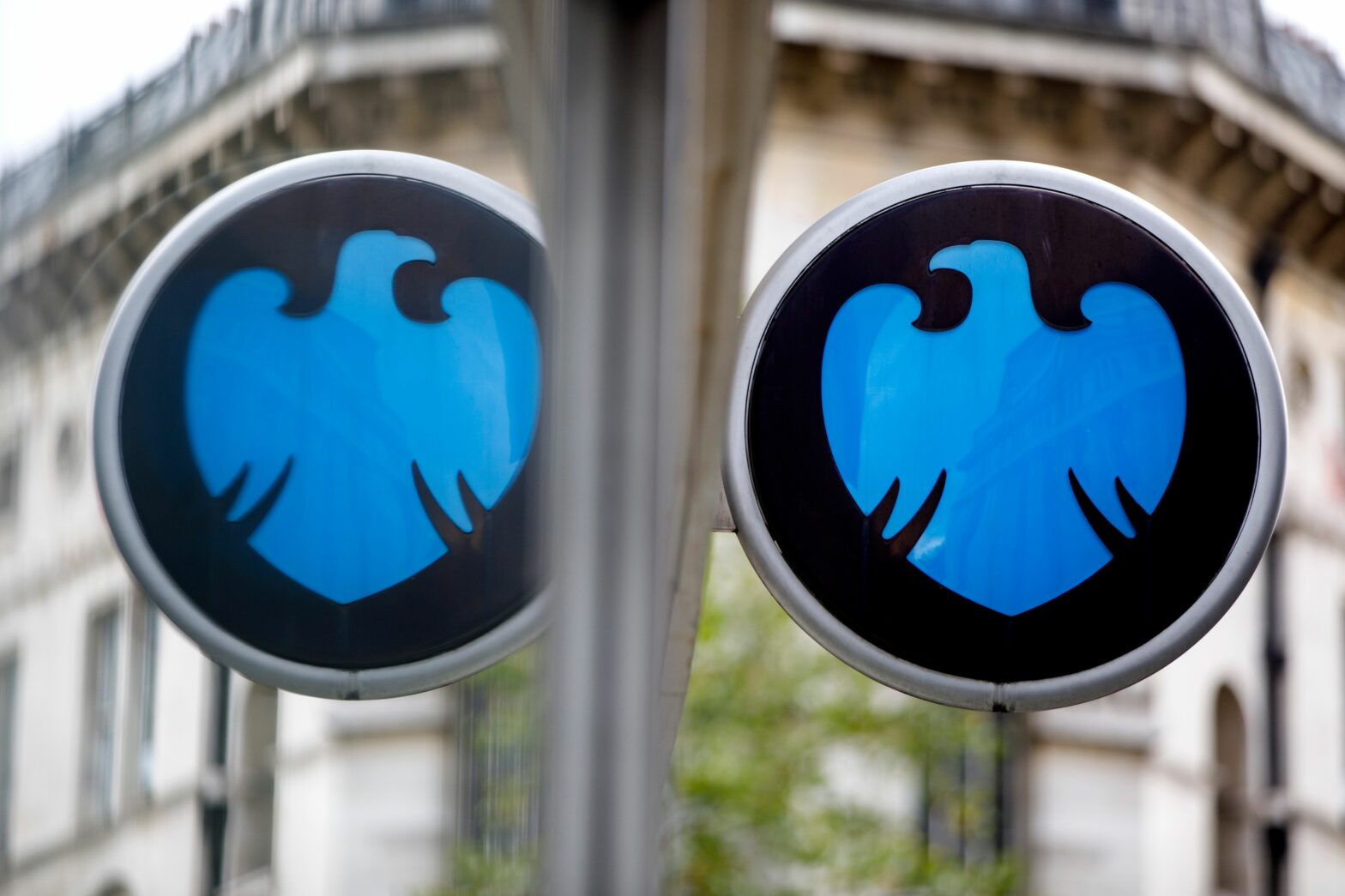Appsense is a 'user virtualisation' vendor headquartered in Warrington, Cheshire. Founded in 1999, its software allows businesses to abstract an individual user's settings from their desktop and applications so they can easily be reapplied on another machine.
The company was relatively unheard of until a few recent technology trends catapulted it into the limelight.
One is desktop virtualisation, and in particular the VDI (virtual desktop infrastructure) method that has rose to prominence in recent years. This involves serving an standardised desktop 'image' to each PC or thin client from the data centre. It delivers advantages in manageability and consolidation, but without user virtualisation it compromises the ability of each user to customise their own desktop.
Interesting Links
Device diversity The search for a strategy on heterogeneous client computing
The enterprisation of life? The flipside of the 'consumerisation of IT' is the permeation of electronic data management into every facet of human society
The other is the release of Microsoft's Windows 7 operating system, which, unlike its predecessor Vista, has been met with healthy take up among businesses. User virtualisation allows a company to maintain a user's profile and preferences while swapping out the underlying operating system.
These trends have triggered rapid growth for the company – bookings rose 47% in the most recent financial half year – and in February 2011 investment banking giant Goldman Sachs pumped a life-changing £43 million into it.
Just weeks after that investment, AppSense hired Harry Labana as its new CTO. Labana was previously CTO of virtualisation vendor Citrix; before that he was head of desktop engineering at Goldman Sachs itself, where he oversaw the world's first desktop virtualisation project. Soon after, AppSense hired another Citrix veteran, Keith Turnbull, as its VP of global development.
Together, Turnbull says, the pair are refashioning AppSense's technology development culture in order to capitalise on a third technology trend. "Our aim is to support the consumerisation of IT and bring-your-own-device policies in the enterprise," he explains.
Culture update
To achieve this, AppSense is undergoing an internal transformation that is not unlike the change that traditional IT departments, faced with an influx of employee-bought devices and user expectations based on the consumer web, might themselves soon be forced to enact.
One of the most conspicuous changes has been to open a new develop laboratory in Santa Clara, California. It is hoped that this offshoot, which currently employs about six people, will allow the company to attract Silicon Valley talent with familiarity with mobile and consumer technology.
Meanwhile, the company has encouraged its UK staff to use Apple's iPads and iPhones, and to experiment with developing software for the iOS operating system.
It has hired graphic designers, Turnbull explains, to give its software the accessibility and usability so commonly associated with Apple. This includes one contractor who previously worked on the user interface to Sony's Bravia television.
"You have got to address what software looks and feels like, and you've got to have specialists to do that," says Turnbull.
And to accelerate innovation, the company has created AppSense Labs, a new "blue-sky thinking" research division with rotating personnel.
During their time in AppSense Labs, researchers are encouraged to develop new ideas quickly and often. "I spent a week at the Institute of Design at Stanford University in 2010," explains Turnbull. "What I learned there is that you've got to generate lots of ideas, develop them fast and let them fail fast. You can't pick one idea, work on it for two years, and then find out it was the wrong one."
The first fruit of Appsense Labs is DataLocker, a free service that adds a layer of encryption to consumer cloud storage service Dropbox. It works across all platforms, and its available to download for free. "We want to get people using it, so they get to know AppSense as a company with expertise in this space," says Turnbull.
All of this epitomises an IT development function for the consumer era. But there is still a glaring omission in AppSense's consumerisation strategy: its core user virtualisation technology does not support Apple devices.
This is in spite some extremely bullish rhetoric on Apple's march into the enterprise. "People are bringing their own devices into work and they expect access to their own applications and data from their iPads and their Macbooks," says Turnbull. "The IT departments that don't figure that out are quite frankly not going to be in a job in two years' time."
It would be absurd, in light of this argument, if AppSense did not have an Apple port of its user virtualisation technology (or something like) it in the works, but Turnbull would neither confirm nor deny. "We do not announce future roadmaps as a policy," he says.
It better have, and it better work, because for the first time in decades, having a Microsoft-only product seems like an extremely precarious position.






